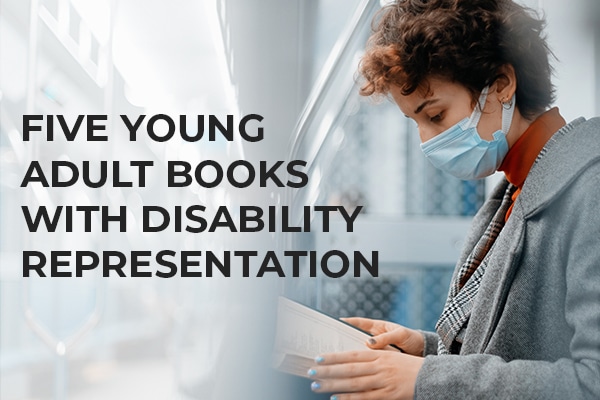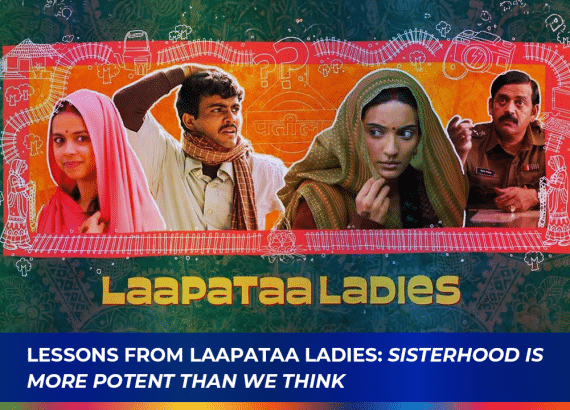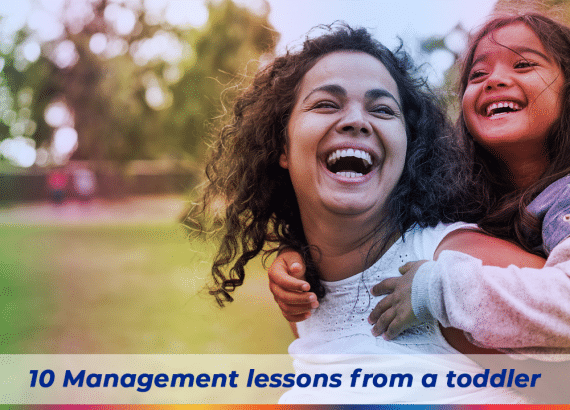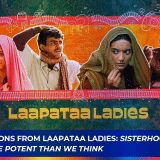Five Young Adult Books with Disability Representation

Author: Sumona Chetia
Books are essential tools in the most unexpected ways. They can be a source of entertainment, comfort zones, and great agents of moral education. And in the present world, with literature becoming more diverse and inclusive, the scope of learning has increased manifold.
One such genre of inclusive literature is disability narratives.
Disability Representation in books provides an authentic experience of what it means to live with a disability. While the representation should be nuanced, empathetic, and respectful, such writings should also display realistic and multidimensional characters.
Here’s a list of 5 disability representation books that come with their share of humour, love, and complexity:
1) Finding Balance by Kati Gardner
Jase Ellison has very little memory of surviving leukaemia as a child, so nobody at the school knows about it. Mari Manos has to live with her survivorship out in the open as cancer took away one of her legs. The two characters first met at Camp Chemo. And at present, with Mari transferring to Jase’s school, he is forced to go to any extent to hide his past.
The book is a beautifully balanced tale conveying the message of the fragility of being human.
2) A Time to Dance by Padma Venkatraman
A story written in verse, it narrates the journey of Veda, an Indian teen, a Bharatanatyam dancer whose world comes crashing down overnight after losing her lower right leg in an accident.
The book is an uplifting read highlighting the power of perseverance. It discusses in length the protagonist’s journey of discovering her grit, self-respect, and self-love.
3) The State of Grace by Rachael Lucas
This book tells the story of Grace, who has Asperger’s, and her day-to-day struggle of trying to live without being defined by her disability.
It’s an important read that sheds light on Asperger syndrome, the wonders of this condition, the drawbacks, and casual ableism. The romance angle in this plot is a fresh take on defying the desexualisation of disabled people.
4) The Silence Between Us by Alison Gervais
The Silence Between Us celebrates disability instead of shying away from it.
The plot revolves around Maya, a girl who is deaf and transfers to a hearing school for the first time since becoming deaf. The presentation of sign language conversations and the way readers were allowed to experience Maya lip-reading strongly represented the bridges between Deaf and hearing cultures.
5) When My Heart Joins the Thousand by A.J. Steiger
Alvie, a girl with autism who works at a zoo, is pursuing emancipation. She meets and falls for Stanley, a guy with a musculoskeletal disorder who’s in college and has recently suffered a loss.
This YA novel speaks about freedom, survival, acceptance, and loving yourself. It is a powerful narration that translates into the joy of being accepted for who you are.
Being open to diversity in literature guides readers in capturing myriad perspectives. It allows them to empathize and sympathize with the diverse representation. And this creates a sense of belongingness which is crucial, more so in the world, we live in today.








